Last Updated on November 18, 2023 by Cathy
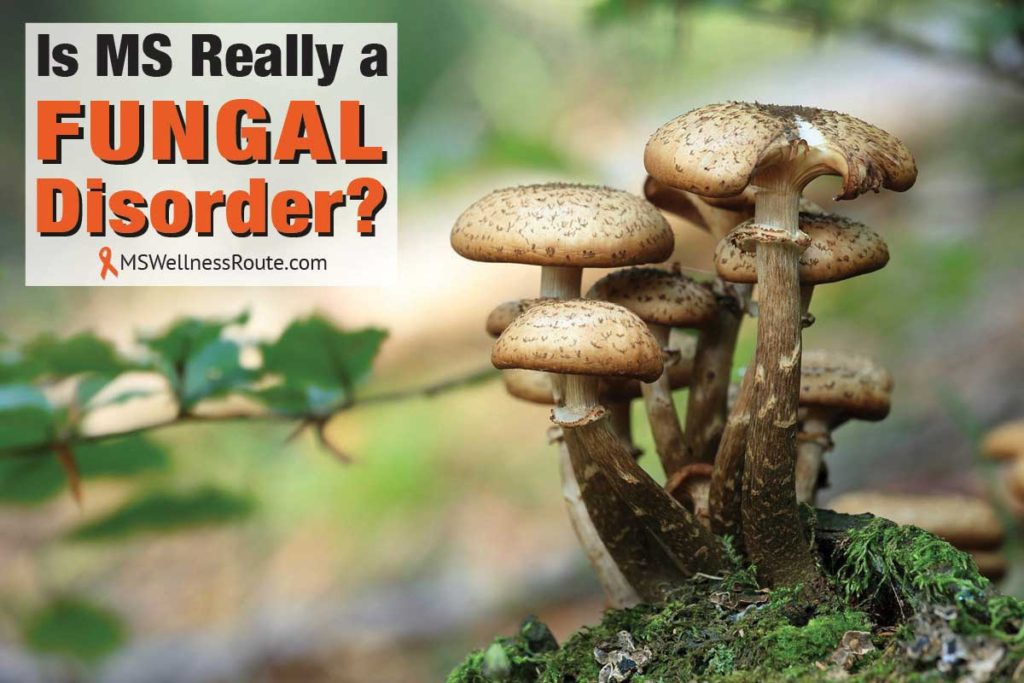
Multiple sclerosis (MS) is an inflammatory disease affecting the brain and spinal cord. It is the most common cause of non-traumatic neurological disability in young adults. The cause is unknown but what about MS being a fungal disorder?
Proven triggers to MS (through studies):
- Epstein-Barr virus (EBV)
- Female
- HLA-DRB1*15 alleles
- Poor gut microbiota
- Smoking
- Vitamin D deficiency
- Young adulthood
Of course, these aren’t the only triggers. Everyone is different, what triggered my MS may not be what triggered yours.
One possible risk factor that isn’t mentioned often is MS possibly being a fungal disorder.
There was a study in 1981, 2008, 2010, 2013, and 2018. Each study found fungus played a role in MS. Most studies were small but they all linked fungi with MS. One study linked anti-Candida antibodies in the cerebrospinal fluid (CSF) to MS.
So why don’t doctors tell MS patients this?
Genetic Susceptibility
Several years ago my functional medicine doctor told me to get a DNA test. I got my test through 23andMe and then ran the raw data through a different third party.
If you would like to read more about my experience click here: DNA Test For Multiple Sclerosis
At that time I was the only one in my family with MS or any other autoimmune disease. So you can imagine my shock to see I had 3 times higher genetic risk factors for MS. (See the image below.)

It was due to the HLA-DR gene. There are several genes but the HLA-DRB1*15 allele group is the strongest genetic risk factor for MS. The HLA-DR gene is a risk factor in many other inflammatory conditions.
My son ended up with type 1 diabetes (an autoimmune disease) which is also linked with the HLA-DR gene.
Unfortunately, the HLA-DR also makes a person more susceptible to mold. It suppresses the immune system from recognizing mycotoxins as a threat. Which means the body doesn’t remove mold toxins.
Mycotoxins are mainly stored in “fatty” regions such as the brain. The immune system then loses its ability to differentiate between “self” and “foreigner.” This leads the immune system to attack creating havoc on the body.
The HLA-DR gene puts a person at a higher risk for disease. It also makes it extremely difficult to detox and heal.
Is MS caused by a fungus?
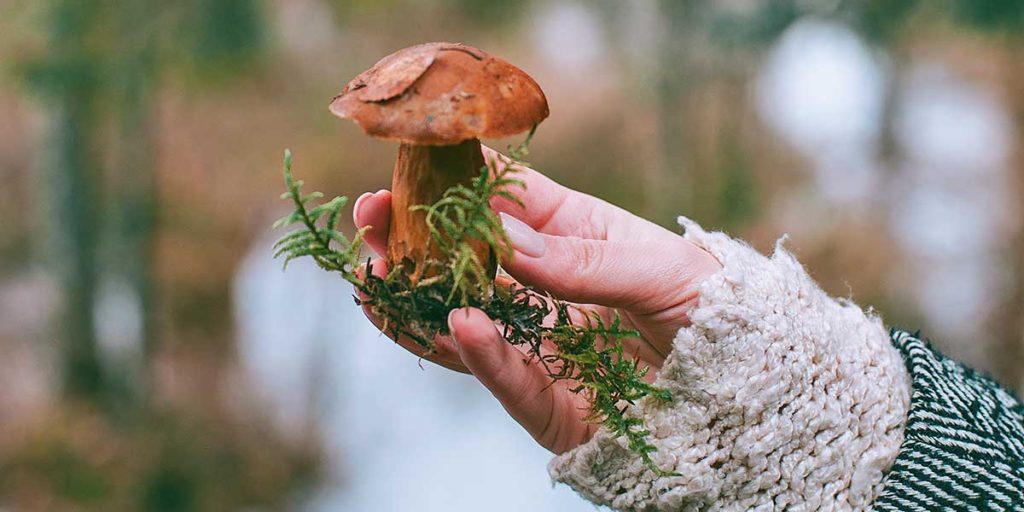
Fungus is everywhere. It grows mainly in soil or plant material including mushrooms, mold, and yeast. Since fungi grow in dark areas they don’t absorb nutrients from organic substances. Instead, they seek out their food.
Candida species are the most common fungus in humans. Doctors in the 1980s were suggesting that Candida was a likely trigger of MS. Unfortunately, there weren’t enough studies to confirm this.
Although recently researchers found an athlete’s foot cream showed promise for MS. And what is an athlete’s foot cream used for? – Fungus!
“HLA-DRB1*15’s association with MS could be due to an increased probability of producing an immune response against fungi.” – PubMed
Candida albicans produces over 400 mycotoxins which can lead to systemic inflammation. Although Candida is not a mold, it is a fungus. Mycotoxins can cause serious health issues including nerve cell death and demyelination.
Mold and Mycotoxins
Molds and Candida are both caused by fungi and both create mycotoxins. This can lead to organ damage, disease, and death. Candida is a yeast overgrowth and molds come from water-damaged buildings and food. If you have toxic mold in your home, you are breathing mycotoxins.
Mycotoxins suppress immune function, increase blood-brain-barrier permeability, and are highly neurotoxic. One study proposed that “multiple sclerosis is primarily a mold toxin disease.” It is well known that MS rates go up the further away a person lives from the equator. This corresponds with mold exposure.
Mycotoxins damage cells in the central nervous system by crossing the blood-brain barrier. They also damage cells that support myelin. This triggers an immune response creating oxidative damage.
“Trichosporon mucoides was found in the majority of MS patients, and particularly high levels of this fungus were found in two patients. Importantly, T. mucoides was not detected in the CNS of control subjects.” – PubMed
Treat the Cause, Not the Symptoms
I was able to reverse many of my MS symptoms by going on a Candida diet. My functional medicine doctor then recommended getting tested for mycotoxins. The test I took was from Great Plains Laboratory, you can also use RealTime Labs.
When the results came back it showed I had an extremely high level of mycotoxin Penicillium.

A normal high level of Penicillium is 5-50, mine was at 9,147 (see image above). I also had a high level of Aspergillus.
If you have a mold issue, the first step is to find where the mold exposure is coming from. If it isn’t as noticeable you can get your home tested. Having it professionally tested is the best option.
Mycotoxin Tests
EMMA Mold Test – it checks for 10 of the most toxic types of mold and 15 types of mycotoxins. You can have a physician order it or you can order it on your own.
ERMI or HERTSMI Mold Test – this test is a dust sampling analysis, it’s offered by many labs.
DIY Mold Test – this is an inexpensive test you can find on Amazon including a tape test or dish test.
If you discover hidden mold it is best to have a professional remove the mold.
Cleaning Up Your Environment from Mycotoxins

- Your bedroom is your sanctuary and it’s generally where you spend most of your time. Make sure your bedroom is mycotoxin-free. Swap out your pillows and sheets for organic and hypoallergenic.
- Since mycotoxins are in dust keep the dust in your home to a minimum.
- Change your air filters regularly using a HEPA air filter.
- Use a high-quality air filter that traps mycotoxins, I own an AirDoctor. Another good air filter for trapping mycotoxins is IQAir HealthPro Plus.
- If you own a front-loading washing machine clean it regularly. The rubber can build up mold and mildew. I own a top-loading washer and leave the lid open after washing clothes to let it air out.
- Add Micro Balance EC3 Laundry Additive to your laundry to prevent mildew. You can also use EC3 Mold Solution Spray on bedding, carpets, countertops, drapes, and fabrics. I also spray it on the corners of my shower to stop mold and mildew on the grout.
- Use the bathroom fan when you shower to help lower humidity.
- Pour baking soda and vinegar down drains once a month to kill any mold or mildew buildup.
Avoiding mycotoxins in food
Mold on food is obvious but mycotoxins are invisible. If you have mold sensitivity or have a high level of mycotoxins you should eat a low-mold diet.
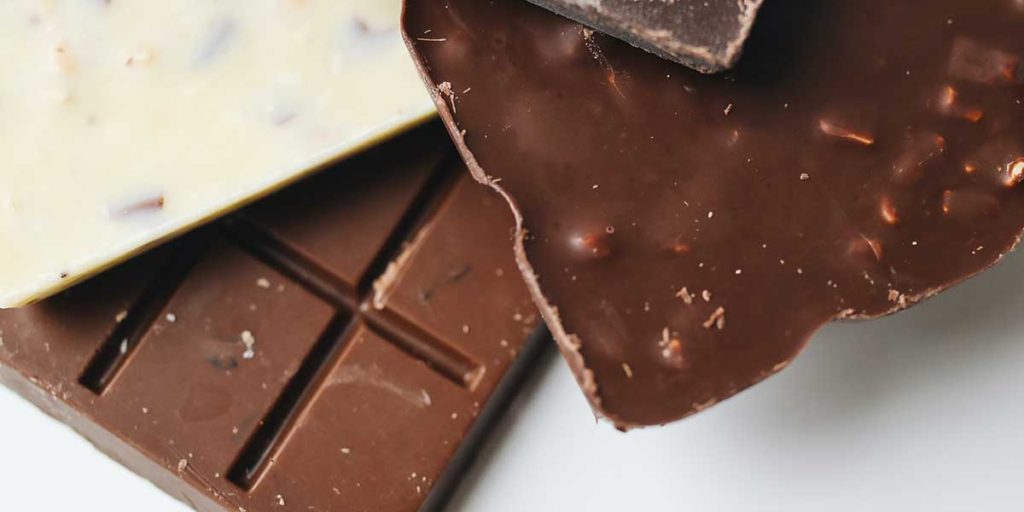
Avoid the following:
- Alcohol
- Black pepper
- Cashews and pistachios
- Cheese
- Chocolate
- Coffee
- Conventionally raised meats (they are grain-fed)
- Corn
- Dried fruits
- Grains
- Mushrooms
- Peanuts (it’s a legume)
- Sugar
- Vinegar
Don’t eat leftovers that are more than one day old. Buy fresh herbs over dried herbs. Keep dried herbs for no longer than two months, I keep mine in the refrigerator. Avoid buying food from bulk bins in the grocery store, you don’t know how long it’s been in there.
Don’t pre-wash produce, wash just before consuming it. Only buy whole nuts and seeds, if you need to soak them consume them quickly. Replace pantry items like baking soda, coconut flakes, or honey every three months.
If you see mold on food have someone else in your home wrap it tightly and throw it away outside in your trash. If you smell mold wash your sinuses, I use NeilMed Sinus Rinse found on Amazon.
Is MS Really a Fungal Disorder?
Is MS really a fungal disorder? – Who knows until there are more studies to prove it? Until then, if you have issues with fungi you need to take precautions. You also need to take antifungals and binders such as activated charcoal and zeolite.
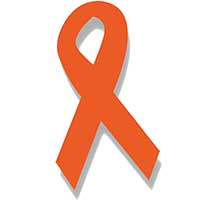
Free Wellness Library!
Subscribe for free and I’ll send you the password to my secret library filled with many printables for your wellness journey.
Want to remember this health tip? Pin it to your favorite Pinterest board!
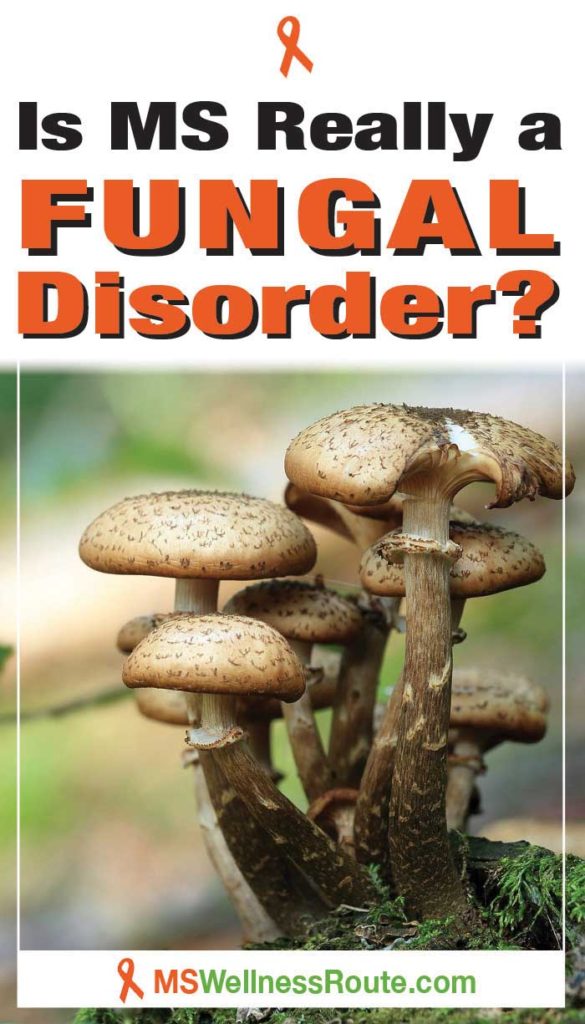
Resources:
https://www.ncbi.nlm.nih.gov/pmc/articles/PMC5650687/#idm139862141451136title
https://pubmed.ncbi.nlm.nih.gov/21533622/
https://pubmed.ncbi.nlm.nih.gov/29859870/
https://www.jillcarnahan.com/2020/08/24/low-mold-diet/
Photos by Maria Orlova and Polina Tankilevitch from Pexels, Peter Weideman from Pixabay
Is MS Really a Fungal Disorder?





